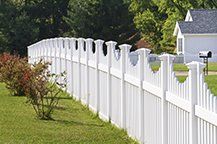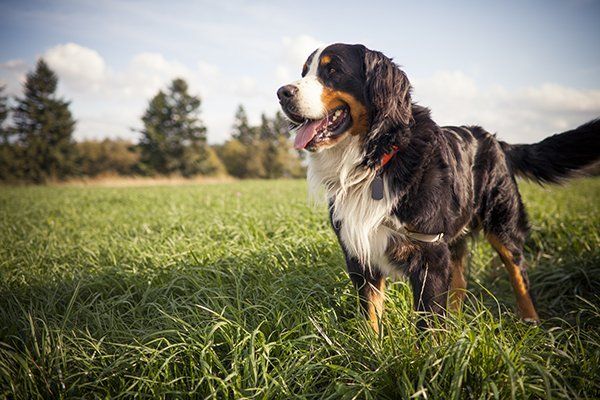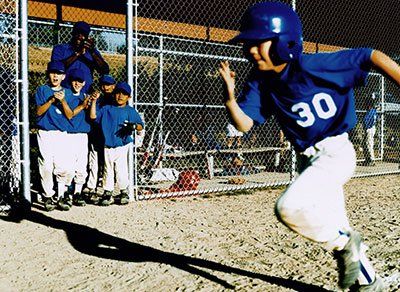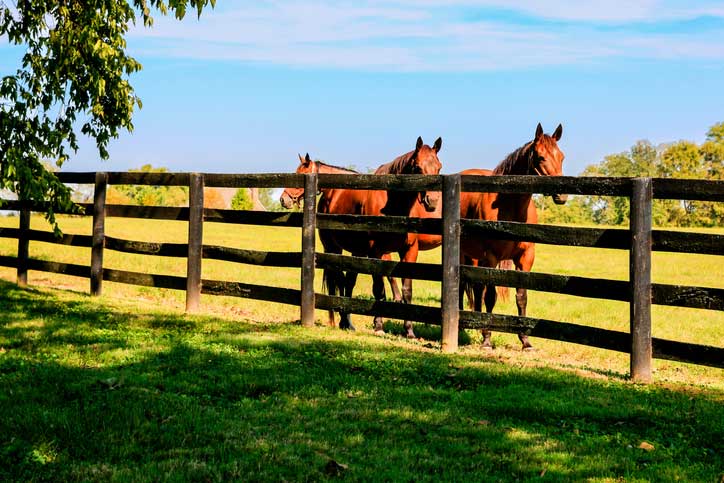
Horses Are Grazing Herd Animals
Horses Are Social and Curious
Horses Have Monocular Vision
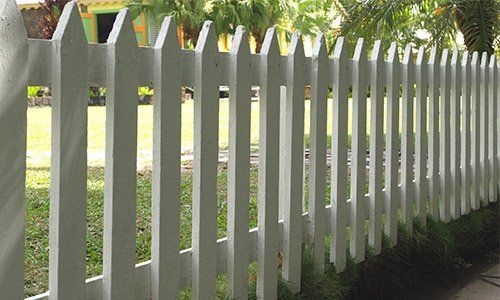
Residential fencing performs a variety of different functions, ranging from being a decorative boundary marker that keeps children and pets contained to a security or privacy barrier designed to give you a sense of safety in your backyard. No matter what purpose you want your fence to perform, you will have four main types of fencing material to choose from.
While all types of fencing can perform the same functions, each type of fencing material possesses its own distinct set of pros and cons. Understanding what each type of fencing material has to offer can help you choose the material that is the best fit for your needs.
WOOD
Wood is a common fencing material that comes in many different variants. Pine and cedar are two of the most common types of wood used in fencing, largely due to their high durability and low price, but several other types of wood are available. For example, redwood, although more expensive, provides a natural resistance to mold, pests, and water damage.
However, wood fences are susceptible to water and weather-related damage. Mold growth, pest infestations (carpenter ants and termites are just two examples), and simple warping and cracking can all occur over time as your fence experiences wear.
In order to prevent such damage from occurring, you will need to consistently maintain your wooden fence by applying stain at once a year (perhaps more often, depending on the climate).
VINYL
Vinyl fencing is one of the most common types of fencing material largely because of its relatively low price point and its immunity to a wide range of damages. Vinyl is non-absorbent, and so won't be subjected to water damage, mold growth, and warping like wood can be.
Further, because vinyl is a type of plastic, vinyl fences come in a massive range of different designs, patterns, and colors, which means that you're able to customize the appearance of your fence to your exact specifications. In addition, the light weight of vinyl as a building material makes the installation and repair processes of your fence easier, saving you both time and money.
However, vinyl does come with a few downsides. The most notable is that vinyl's light weight makes it particularly susceptible to physical damage, and falling debris can crack or knock over your fence. This also means that vinyl is not a great choice for security fencing because it can be easily broken through.
CHAIN LINK
Chain link fences are an affordable residential fencing option that come in large rolls of metal mesh, which is unrolled and attached to metal fence posts. This makes chain link fencing ideal for large yards, as it can be quickly and easily installed, reducing installation costs.
Because the metal mesh of chain link is often coated in a plastic film, chain link fencing is highly resistant to developing rust and does not require the constant maintenance that wooden fences will. However, chain link fences are not ideal privacy or security fences as they are mostly transparent boundaries and can also be easily climbed over.
WROUGHT IRON
Wrought iron, unlike aluminum, is a heavyweight fencing material that can withstand a huge amount of physical pressure without breaking or bending. This makes wrought iron an ideal choice for a security fence, as wrought iron can also be shaped into intricate designs (including pointed tops to dissuade people from climbing over your fence).
However, wrought iron fencing is susceptible to rust. This means that wrought iron will require consistent maintenance to keep rust from eating away at the structure, and these fences aren't ideal for homes near coastal areas. Beyond rust, wrought iron is also an extremely expensive material, which can make it the less than ideal choice for homeowners who are operating under a budget.
For any questions that you may have about your fencing needs, feel free to contact us at San Joaquin Fence. Our team of experienced fencing contractors will be happy to answer any fencing related questions that you may have.

1. FENCE TYPES
2. LIGHTING NEEDS
3. ACCESS POINTS PLACEMENT
4. AESTHETIC CONCERNS
For example, a tall chain-link fence can provide excellent security, and razor wire at the top further enhances its deterrence capabilities. However, this type of fence arrangement is probably a poor choice for many organizations where image is highly valued, such as churches and professional businesses.
